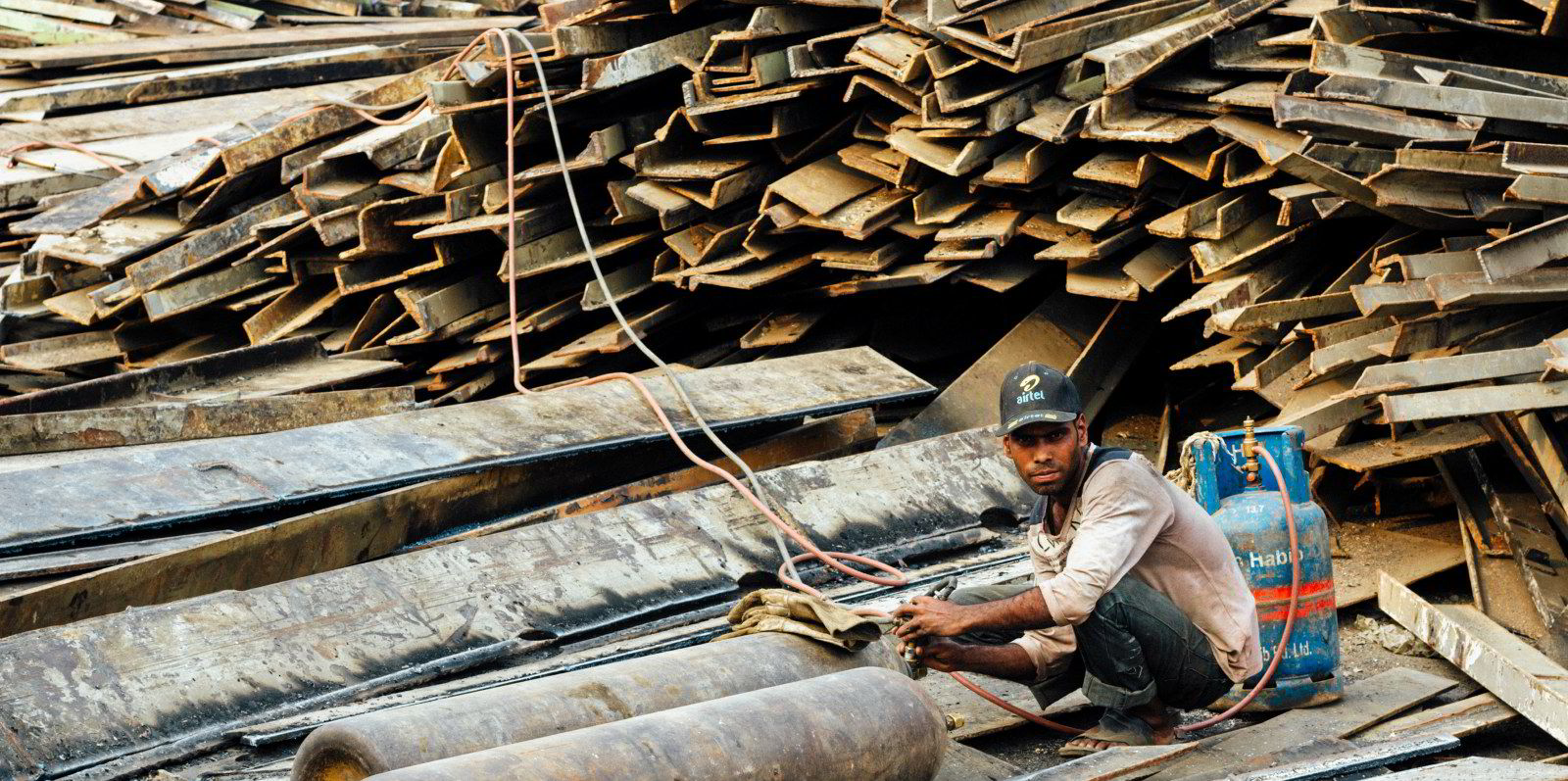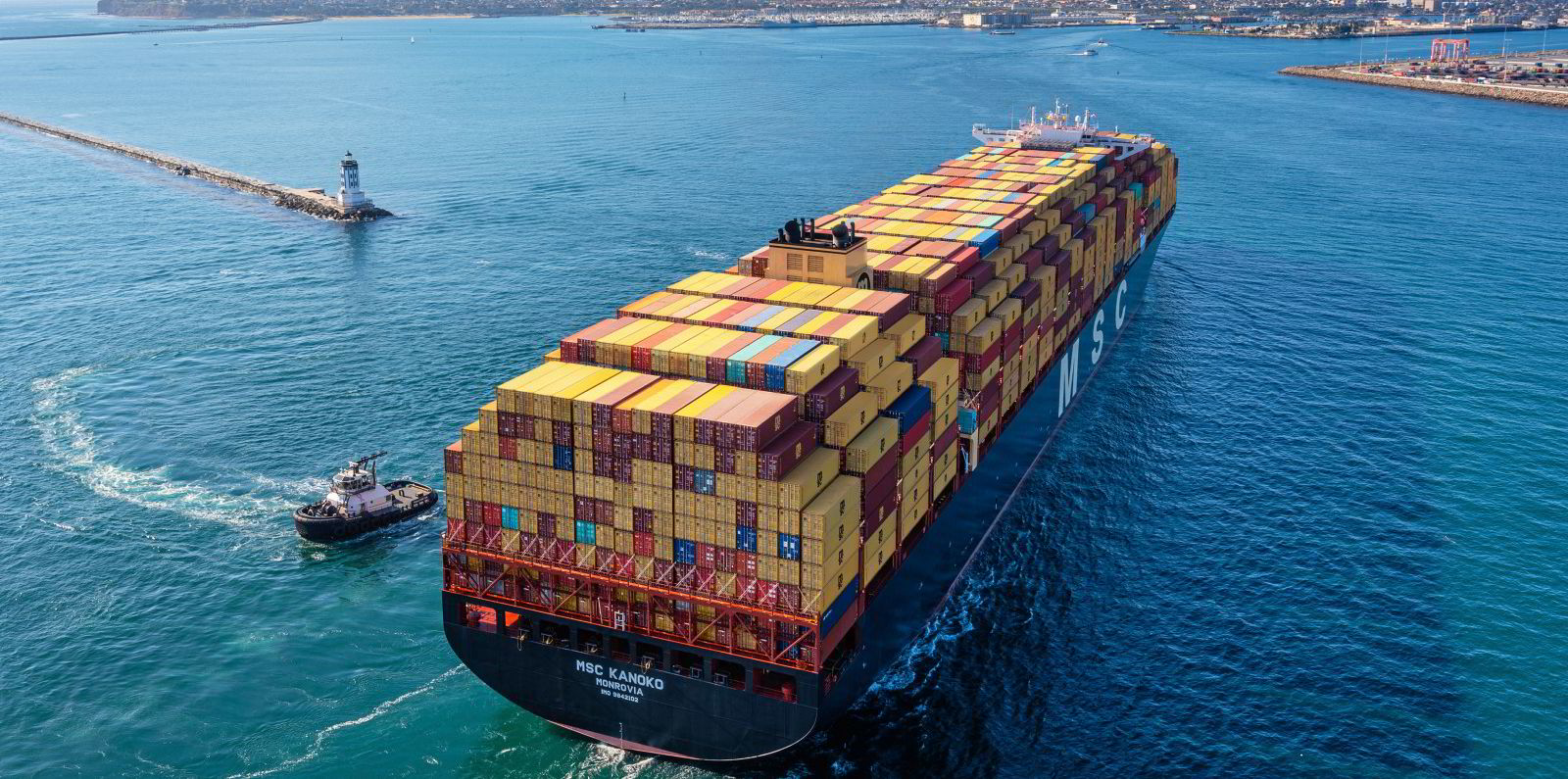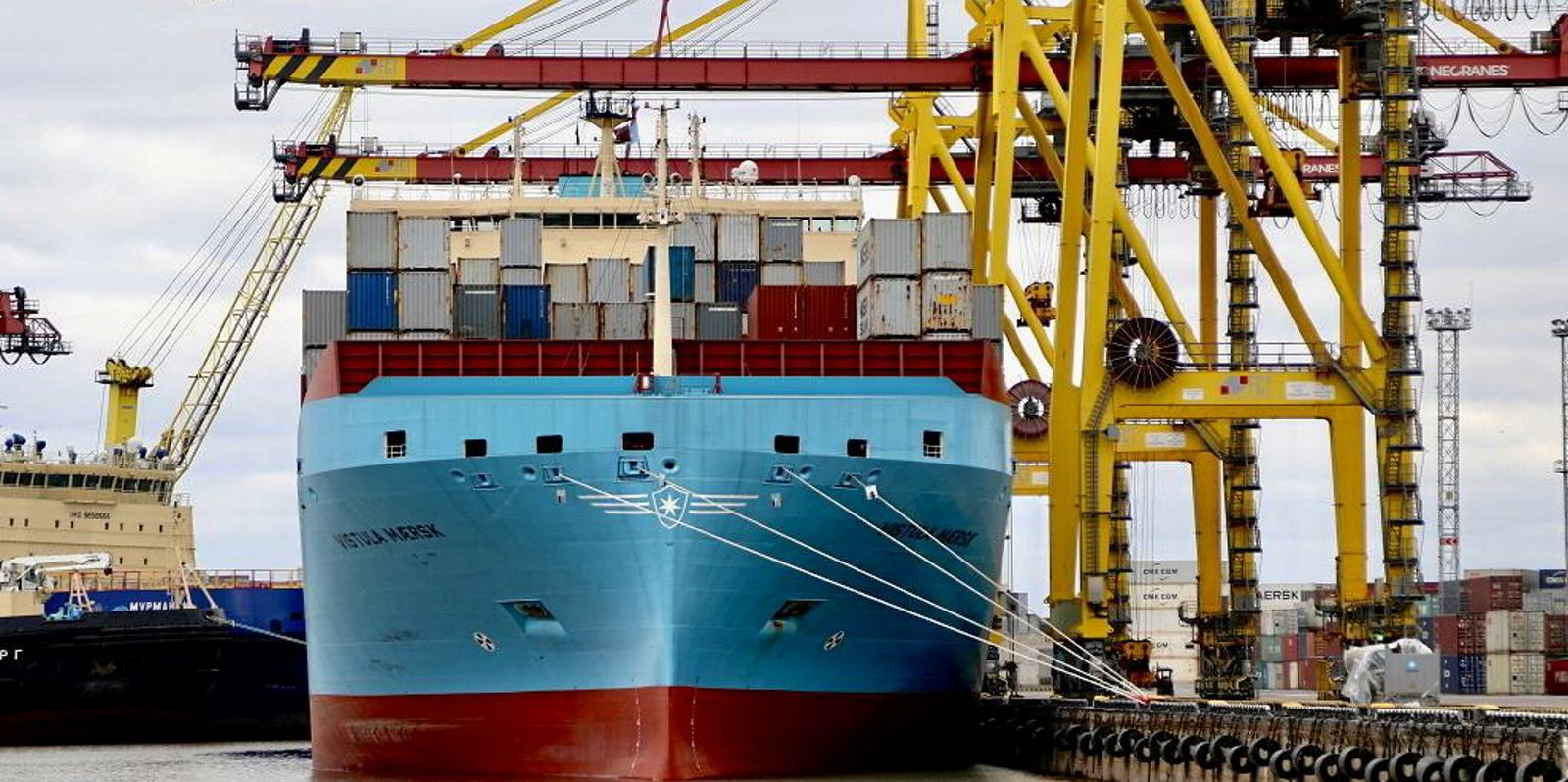The booming container market has led to a stay of execution for hundreds of older container ships.
But with freight markets beginning to wobble and scrap prices at record highs, the pressure on the boxship demolition flood gates is building.
The number of potential demolition candidates in the container shipping sector has risen to historically high levels.
Some 730 trading container vessels are aged 23 years or over — the average age at which ships are scrapped, according to Braemar ACM Shipbroking.
That represents 13% of the trading fleet in terms of the number of ships. The broker said it means “there are plenty of retirement candidates waiting in the wings”.
Most of the older container units fall into the feeder size bands up to 2,000 teu.
That is a sector where Braemar ACM calculates around 200 newbuildings are scheduled for delivery.
“When the time is right for a resumption in container demolition, we could experience a rush of feeders sent for recycling,” the shipbroker wrote.
Right time
Boxship demolition remains in hibernation so far this year, as freight and charter markets are at all-time highs.
Braemar ACM’s time-charter rate index was running at 396% higher than the five-year average.
Spot freight rates measured by the Shanghai Containerised Freight Index are 250% higher than the five-year average.
The shipbroker said this makes the decision not to demolish older tonnage “very persuasive”.

However, the picture could change quickly.
Braemar ACM said a sharp fall in freight rates could lead liner companies that are expecting newbuilding tonnage to be delivered in 2022 to consider demolition.
Industry observers such as Hapag-Lloyd chief executive Rolf Habben Jansen are pointing to signs that the market has peaked.
The first wobbles in the freight market are appearing, with Asia-Europe rates down 30% on their peak earlier in the year.
Selling boxships today would also enable liners to benefit from the all-time high demolition prices during the period of fleet renewal,” Braemar ACM said.
“With the lack of container ship retirements, recyclers have been ramping up prices for container ship demolition.”
Not tempted yet
So far, high scrap prices have not enticed owners to let go of older tonnage.
The Braemar ACM weekly demo price assessment recently breached the $700-per-ldt barrier — an all-time high.
That followed a doubling of container ship demolition values since the emergence of the Covid-19 pandemic in early 2020.
Yet the number of container ships scrapped remains practically non-existent. This year, just one vintage container capable vessel was demolished.
That was the 1,700-teu Matsonia (built 1973), a container ro-ro owned by US-based Matson that was sold for demolition to India in January.
Otherwise, just 18 container vessels with an average size of 800 teu were demolished in 2021.
These were mainly very old feeders with an average age of 29 years.
The only vessel offloaded by a major liner operator in the past 18 months was the 1,839-teu Maersk Taasinge (built 1994), which was sold to India in March 2021.
Look to 2023
The potential for boxship scrapping to take off is likely to increase next as more newbuilding’s are delivered.
Braemar ACM container analyst Jonathan Roach points to the impact of “cascading” as larger, newer container ships are phased in that displace older, traditional-panamax vessels.
He added that this could create demolition possibilities, especially if trade demand is subdued over the next few years.
There are also plenty of ships of 23 years or older coming up for their special survey.
Some 148 vessels in this category are due for their 25-to-30-year special survey this year, 173 in 2023 and another 150 in 2024.
“The number demonstrates there is plenty of scrapping waiting in the wings,” Roach wrote. “It will be interesting to see who blinks first and potentially capitalises on very high scrap prices.”
Shipbroker Clarksons also expects an increase in demolition in 2023 when scrap activity could total 164,300 teu.
That would mark a big swing upward, but still pales with the peak year of 657,000 teu in 2016.
The decision to scrap will largely depend on container ship earnings remaining strong, although these will downwardly correct through late 2023 onwards through 2025, said Braemar ACM.
“Therefore, we do expect a resumption of container ship demolition from 2024 through to 2026 to accommodate new eco-tonnage on the way,” the shipbroker added.







